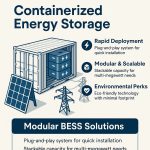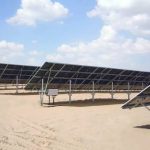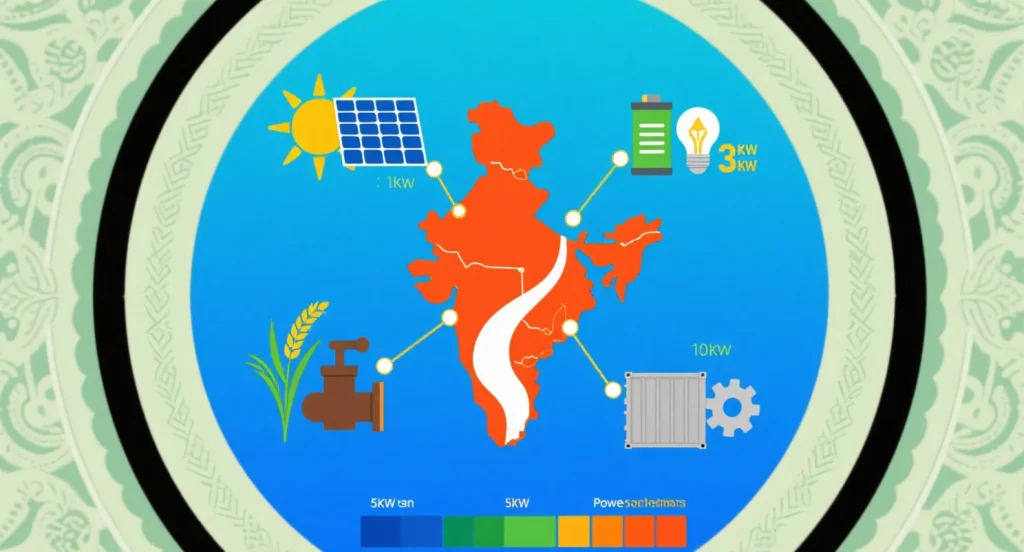Understanding the 2025 India price of off-grid solar systems is important to small business, rural villages, and NGOs planning clean energy programs. This article’s for you—brief, correct information, no filler, insights you can apply.
Latest Cost Trends Across India
Recent data shows cost breakdowns for off-grid systems (with battery) by significant sizes:
- 1 kW – around ₹90,000–₹1,10,000
- 3 kW – around ₹7 lakh–₹3.2 lakh
- 5 kW – ₹4 lakh–₹5 lakh range
- 10 kW – ₹7 lakh–₹9 lakh bracket
Something to consider here—why does the inclusion of a battery make off-grid systems so much more costly than on-grid ones? It’s the price of energy independence.
Further, provider sites note that a 5 kW off-grid system (including battery) has a price of ₹4.5–₹5 lakh
Regional Context & Unique Case Studies
Let’s get local when it comes to how much these costs cost:
- Engineers installed 1 kW off-grid systems (using lead-acid batteries) in Assam’s remote villages for approximately ₹95,000. The saving ranged from ₹2,000–₹4,000 per month after grid connectivity was restored.
- In rural Tamil Nadu farms, 5 kW installations have become standard—around ₹2 lakh, with lithium-ion batteries for long life and better ROI.
- Government pilot initiatives in Karnataka’s off-grid areas were problematic: high inverter cost and adherence to safety standards made them economically non-feasible despite subsidies
What’s Driving 2025 Pricing Trends?
- Battery technology transition:Shift from lead-acid to lithium-ion costs 20–30% more initial capital—but yields 3–4× battery life.
- India’s National Solar Missionreached the 100 GW solar target in March 2025, illustrating the fast expansion of solar
- Programs like PM Surya Ghar Muft Bijli Yojanaoffer ₹30k–₹78k discount for rooftop systems—limited to on-grid models, excluding off-grid systems from that subsidy bracket
- Custom-tailored solutions, such as HJfoldsolar foldable solar container, are emerging across suppliers, giving communities faster deployment and better logistics.
Smart Deployment: A Thought to Carry On
Choosing an off-grid system is not always a matter of cost. The smart question is—how will your return on investment be in a grid-off scenario? If you invest ₹5 lakh initially on a 10 kW installation, but it powers a rice mill, community center, and charges drills in the neighborhood, the real value comes in over the years.
Battery category, local subsidy, and consumption patterns determine long-term affordability. Pay-as-you-go financing and community co-funding (as in some Rajasthan villages) are making access widespread by sharing this cost structure.
What’s Headed Down the Road for Prices
Stabilizing influences: Raw material prices—silicon, wiring, batteries—are likely to be flat through 2025 Q4.
Making components more affordable: Local manufacturing of PV and batteries (like Reliance’s giga-complex by Jamnagar) may reduce prices in 2026
Scaling up green loans and PAYG plans: These will reduce initial impediments, especially among rural buyers.











